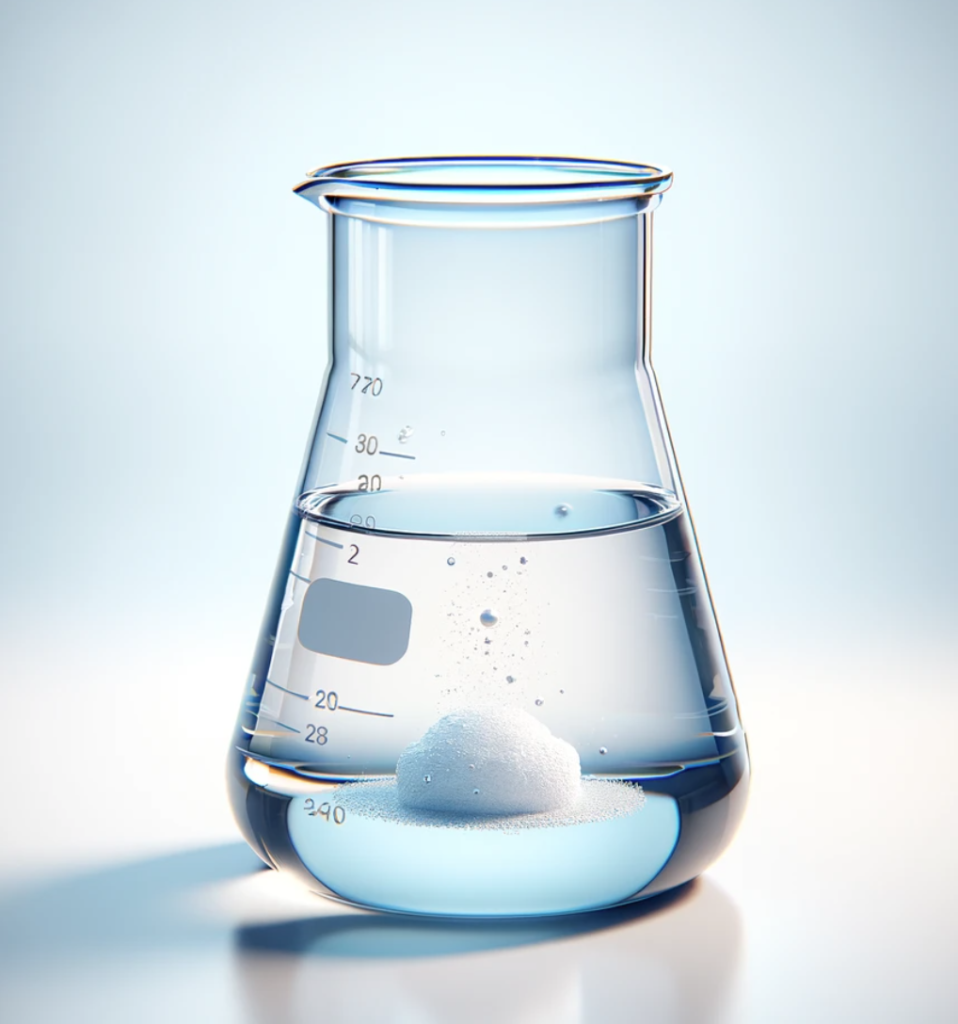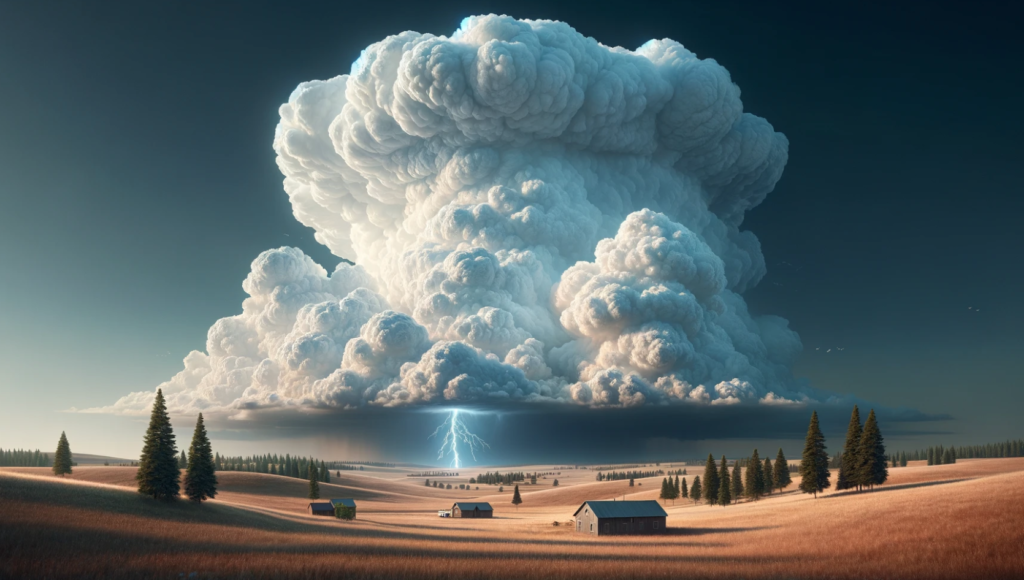Introduction: Precipitation is a fundamental aspect of weather, and it comes in various forms, each with its unique characteristics. In Part 7 of our weather education series, we’ll explore the different types of precipitation, including rain, snow, sleet, and hail, and delve into the conditions that lead to their formation.
Understanding Precipitation: Precipitation refers to any form of water, liquid or solid, that falls from the sky and reaches the Earth’s surface. It plays a crucial role in the Earth’s hydrological cycle, nourishing ecosystems and influencing weather patterns.


Precipitation from the sky is the same kind of precipitation that you learned about in Chemistry class. Or see every time you make Kool-Aid. It happens when too much of something (in this case, water vapor) is forced into a place where it will not fit (in this case, a cloud). So the extra water vapor precipitates out.
Types of Precipitation:
- Rain: Raindrops are liquid water droplets that fall when the temperature above the freezing point (0°C or 32°F) throughout the atmosphere. Rain is the most common form of precipitation and is associated with various weather conditions, from light drizzles to heavy downpours.
- Snow: Snowflakes are ice crystals that form in the clouds when the temperature is below freezing at the surface and well-below freezing within the cloud. Snowflakes join together as they fall and accumulate on the ground, creating snowfall. Snow is common in colder regions and during winter months.
- Sleet: Sleet consists of small, frozen ice pellets. It forms when snowflakes partially melt as they fall through a warm layer in the atmosphere and then refreeze before reaching the ground. Sleet can create slippery conditions on roads and walkways.
- Hail: Hailstones are solid balls or lumps of ice that are much larger than sleet pellets. Hail forms in severe thunderstorms when updrafts carry raindrops into extremely cold regions of the cloud where they freeze and grow in size. Hail can be destructive, damaging crops, vehicles, and buildings.
In every situation, temperature is the determining factor when it comes to precipitation type. And, many times, the temperature at the surface have very little impact on the type of precipitation that will fall from the cloud. A good reminder that cold temperatures don’t always equate to snow. And warm temperatures don’t always equate to rain.
Factors Influencing Precipitation Type: The type of precipitation that falls depends on several factors:
- Temperature: As mentioned, temperature plays the most crucial role. Above-freezing temperatures generally result in rain, while below-freezing temperatures lead to snow or ice. But not always.
- Layering in the Atmosphere: The presence of warmer or colder layers in the atmosphere can cause snow to melt and refreeze as sleet or lead to hail formation. But it is still temperature-driven.
- Geographical Location: The geographical location and local climate patterns influence the type of precipitation experienced. Coastal areas may have milder winters with more rain, while inland regions may see more snow.
Take Home: Precipitation is a dynamic and essential component of our weather systems. Understanding the different types of precipitation and the conditions that lead to their formation is crucial for weather forecasting, climate studies, and preparedness.
In our next post, we’ll explore wind patterns and air masses, delving into how they shape weather systems. If you have any questions or topics you’d like us to cover in this series, please feel free to reach out. Stay curious, and stay tuned for more weather insights!

